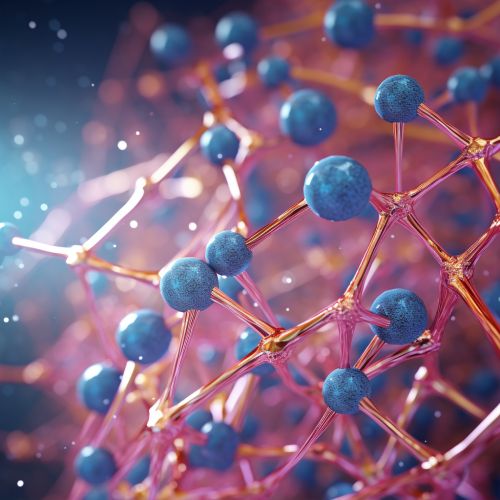Endothelin-1
Overview
Endothelin-1 (ET-1) is a potent vasoconstrictor peptide produced by vascular endothelial cells. It is part of the endothelin family, which consists of three isoforms: ET-1, ET-2, and ET-3. ET-1 is the most prevalent and potent member of this family, playing a crucial role in various physiological and pathological processes. This article delves into the structure, synthesis, and functions of ET-1, as well as its role in disease and potential therapeutic applications.


Structure and Synthesis
ET-1 is a 21-amino acid peptide with two intramolecular disulfide bridges. The gene encoding ET-1 is located on chromosome 6p24-p23. The synthesis of ET-1 begins with the transcription of the gene into preproendothelin-1 (ppET-1), a 212-amino acid precursor. This precursor is cleaved by a furin-like convertase to form big endothelin-1 (big ET-1), a 38-amino acid intermediate. Big ET-1 is then cleaved by the enzyme endothelin converting enzyme (ECE) to form the mature ET-1 peptide.
Functions
ET-1 exerts its effects by binding to two G-protein coupled receptors, endothelin receptor A (ETA) and endothelin receptor B (ETB). ETA receptors are primarily located on vascular smooth muscle cells and mediate vasoconstriction and proliferation. ETB receptors are found on endothelial cells and mediate vasodilation and clearance of ET-1 from the circulation.
ET-1 is a potent vasoconstrictor, playing a key role in the regulation of vascular tone and blood pressure. It also has pro-inflammatory and pro-fibrotic effects, contributing to tissue remodeling and fibrosis. Furthermore, ET-1 promotes cell proliferation and migration, contributing to the development of atherosclerosis and cancer.
Role in Disease
Alterations in the ET-1 system have been implicated in a variety of diseases. Elevated levels of ET-1 have been observed in conditions such as hypertension, atherosclerosis, heart failure, pulmonary arterial hypertension, and kidney disease. In cancer, ET-1 promotes tumor growth, angiogenesis, and metastasis.
Therapeutic Applications
Given its role in disease, the ET-1 system is a potential target for therapeutic intervention. Several drugs that block the actions of ET-1 have been developed, including endothelin receptor antagonists and ECE inhibitors. These drugs have been used in the treatment of pulmonary arterial hypertension and heart failure, and are being investigated for use in other conditions.
